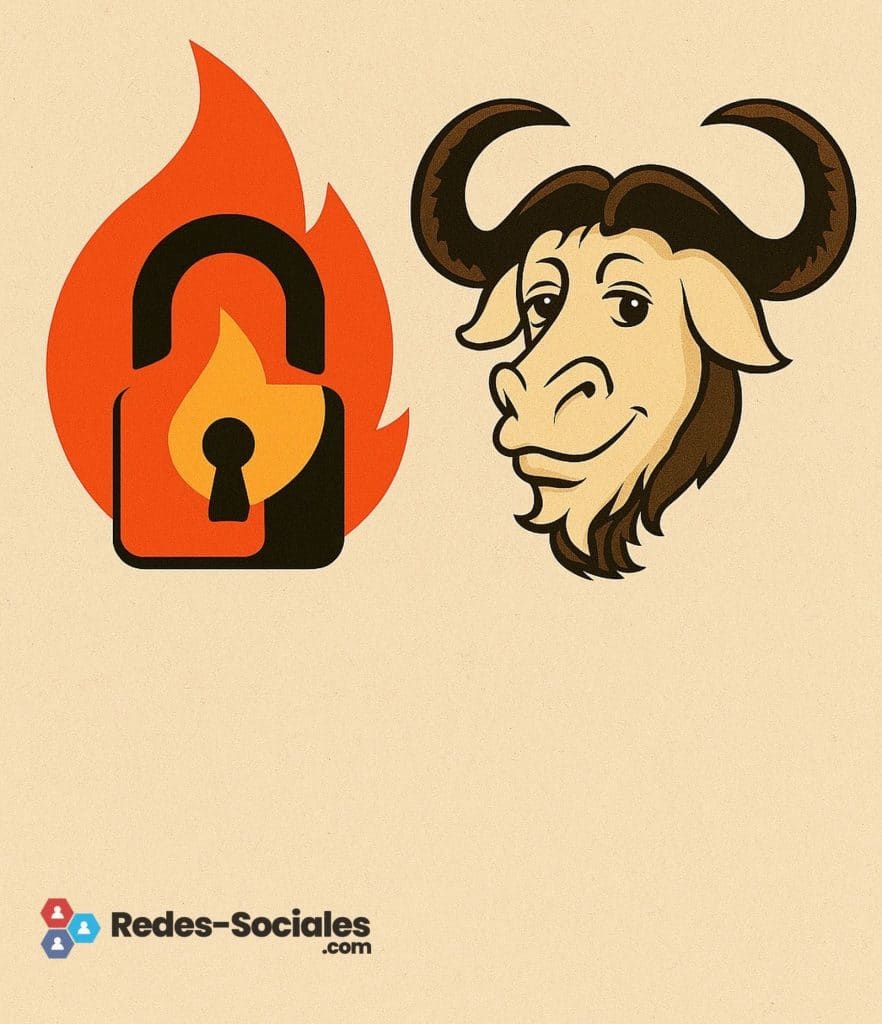1. The Printer That Sparked a Revolution
In the early 1980s, at the prestigious MIT Artificial Intelligence Lab, a jammed Xerox printer became the unlikely catalyst for one of the most transformative technological movements of the 20th century. Richard Stallman, then a brilliant programmer at MIT, was frustrated by a recurring issue: paper jams that halted productivity for everyone.
When Stallman requested access to the printer’s source code to add a simple notification feature, Xerox denied it—declaring the code proprietary. This refusal, trivial on the surface, illuminated a deeper issue: software was increasingly becoming closed, opaque, and restrictive.
In response, Stallman launched the GNU Project in 1983 and founded the Free Software Foundation (FSF) in 1985. His mission: to ensure that users retained the freedom to use, study, modify, and share software.
2. The Philosophical Foundations: Freedom vs. Practicality
2.1. The GNU Manifesto and the Four Freedoms
Stallman’s vision wasn’t just about better code—it was about ethical computing. The GNU Manifesto outlined a bold plan to create a fully free Unix-like operating system. Central to this effort were the Four Essential Freedoms of free software:
- Freedom 0: Run the program for any purpose.
- Freedom 1: Study how the program works and adapt it.
- Freedom 2: Redistribute copies.
- Freedom 3: Improve the program and release your changes.
These freedoms were not just technical—they were political. To Stallman, proprietary software was a tool of digital oppression.
2.2. Enter Open Source: A Rebranding for Business (1998)
By the late 1990s, not all agreed with Stallman’s moral framing. Developers like Eric S. Raymond and Bruce Perens sought a more pragmatic narrative to appeal to corporate stakeholders. They coined the term “open source” and launched the Open Source Initiative (OSI) in 1998.
- Free Software (FSF): User freedom is the core principle.
- Open Source (OSI): Focuses on software development efficiency, collaboration, and better code.
3. Growth and Adoption: From Hackers to Desktops
3.1. The Rise of User-Friendly Free Software (2000–2002)
By 2000, Linux had evolved beyond a command-line niche:
- GNOME and KDE offered graphical environments.
- OpenOffice.org challenged Microsoft Office.
- Mozilla Firefox brought a modern, standards-compliant browser.
3.2. Linux for Everyone? (2001)
While GNU/Linux was stable, secure, and cost-free, average users still struggled with:
- Hardware compatibility (especially drivers).
- Steep learning curves.
Still, distributions like Debian, Mandrake, and Red Hat made major inroads, particularly in enterprise and government sectors.
3.3. 2002: Momentum and Milestones
- LinEx (Spain): A major public migration to GNU/Linux.
- Knoppix: Introduced the concept of a live CD.
- Mozilla Suite laid the foundation for Firefox and Thunderbird.
Yet, the dot-com crash exposed the movement’s financial fragility, as many free software startups collapsed.
4. Free Software vs. Open Source: Same Code, Different Ideologies
4.1. Licensing Models: Copyleft vs. Permissive
- GPL (Copyleft): Derivatives must remain free.
- MIT/BSD (Permissive): Allows proprietary reuse.
Examples:
- Linux (GPL): Corporations like Google build on it (e.g., Android), yet often restrict parts via proprietary layers.
- React (MIT): Open source in name, but tightly controlled by Meta.
4.2. Ethical Dissonance
- Stallman’s View: Proprietary software is unethical, no matter how useful.
- Open Source View: Use our code however you like—freedom of development, not user rights.
Controversial cases:
- Amazon vs. Elastic: ElasticSearch code reused by AWS without contribution.
- Microsoft & GitHub: A company once hostile to open source now owns the world’s largest code hosting platform.
5. Who Leads Today: Open Source or Free Software?
5.1. The Rise of Corporate Open Source
- Cloud: Kubernetes, Docker, Terraform.
- AI: PyTorch, TensorFlow.
- Big Data: Spark, Hadoop.
But many “open” projects don’t guarantee user freedoms. Android is open source—but core functionality relies on proprietary Google services.
5.2. The Quiet Strength of Free Software
- Fediverse (Mastodon, PeerTube): Decentralized alternatives to social networks.
- PureOS, GrapheneOS: Operating systems without proprietary blobs.
- RISC-V: A truly open hardware architecture competing with ARM and x86.
6. The Future of Freedom: What Lies Ahead?
6.1. Threats
- SaaS Lock-in: The cloud’s convenience threatens user control.
- License Drift: MongoDB, Redis, and others have shifted to non-OSI-compliant licenses to fight cloud exploitation.
6.2. Opportunities
- Government Adoption: The EU and LATAM are increasingly turning to free software for public digital sovereignty.
- Education: Institutions are integrating ethical computing into curricula using free tools.
Conclusion: More Than Code—A Fight for Digital Sovereignty
Open source has won the adoption war—but the free software movement remains critical as a philosophical compass. In an era of surveillance capitalism, AI black boxes, and corporate hegemony, Stallman’s warnings are more urgent than ever.
Do we want convenience, or do we fight for freedom?
That question may well define the future of technology.
📚 Further Reading:
- Free as in Freedom by Sam Williams
- The Cathedral and the Bazaar by Eric S. Raymond
- Free Software Foundation (FSF)
- Open Source Initiative (OSI)
💬 What do you think? Can free software still compete with corporate open source?
Source: Open Source vs. Software Libre

